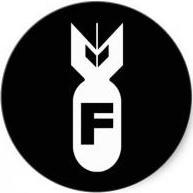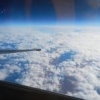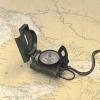Ram, were you in the USAF in the mid 90's when a C-141 collided with a GAF C-160 off the coast of West Africa? The investigating board determined TCAS would have saved both crews. The CSAF at the time, Gen Ryan, did not like that finding and argued to remove it. The AMC/DO argued for it and the finding remained. (I had a friend who was on the safety board and witnessed the argument, so I'm telling the story 2nd hand and from memory). There are times when pilots flying a heavy cannot move the plane fast enough to avoid a collision when using only see and avoid. Sometimes the closure rate is too fast and there is not enough time. In the case of the C-141 accident, the C-160 was unobserved (TCAS would have changed that), but the board determined even if it had been seen, based on the closure rate, the crew could not have reacted quickly enough to avoid the collision (the aircraft commander was actually out of the seat at the time). IMO, the visibility in the C-17 and C-130 is not that great and terrible when compared to the bubble canopy of the Tweet (using the 3 planes I flew post UPT as examples). The MFDs in the C-17 are in a good location and with two pilots, it works well to have one pilot looking inside or be head's down at certain times, like when there is a TCAS alert. TCAS has probably saved several if not many aircrew, military and civilian. (It also gives airlifters great SA during Red Flags). So for heavies, sense and avoid works. Back in 1991, there were two A-10s from Alex that mid-aired, killing both pilots (had a friend on that board also). The board determined they converged at an angle where they didn't see each other until it was too late. TCAS may have helped them also.







